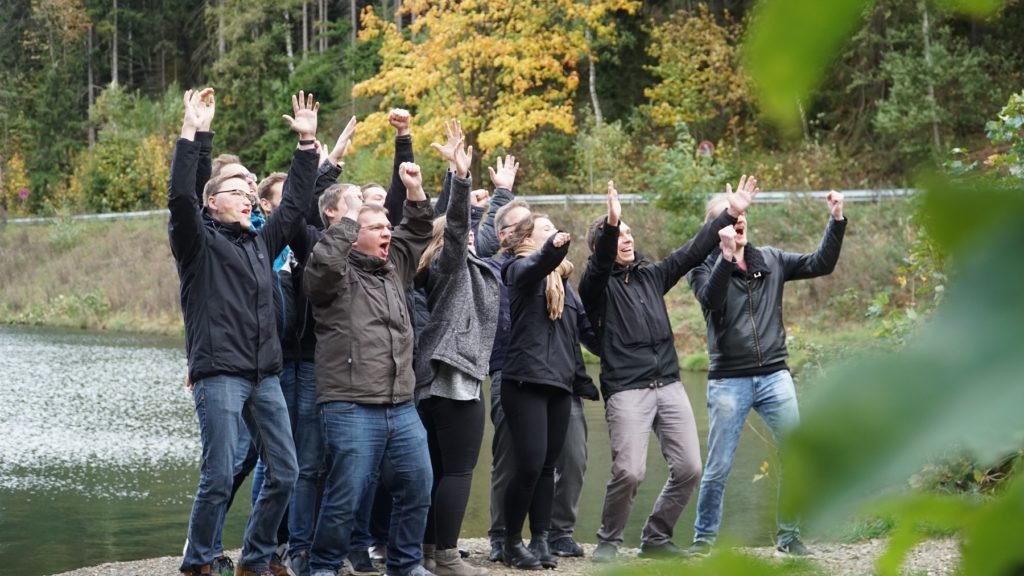The recipe for a successful team
The recipe for successful team performance seems very simple: it is made up of a pinch of “good working environment”, a dash of “clear goals and tasks” and the most important part: the team itself.
The key contribution that managers can make to this recipe for success begins withputting together a competent team. What sounds simple on paper often proves to be the first important decision that determines the long-term success or failure of a team – whether it is a project team or a team that works together on a long-term basis.
But what should you bear in mind when taking this important step in putting together a team?
Feel free to be critical
Putting together a new team offers many opportunities that influence future projects – both positively and negatively. The most important prerequisites for new team members are Motives behind a potential new team member.
Of course, it’s best to find someone who shares a similar philosophy so that you can pull together. In the end, however, it is not just about the individual’s previous skills and knowledge, but above all about what they are prepared to do for the team. Of course, there are already countless models available to help you put together the perfect team. The important thing here is, to always be critical and reflective Extroverts still seem to be favored, although their openness still says little about teamwork.
The credo: Finding a good team takes time, as you already know.
There are also always different opinions on the optimal size of a team. Of course, the team size should not exceed the scope of the project or the tasks at hand – not only for business reasons, but also because of the personal development of the individual. Studies have found that the ideal team size is between 5 and 8 people.
Conflicts are not always negative
“We are convinced that there is no greater and more effective means of mutual education than working together.”
– Johann Wolfgang von Goethe
Especially when founding start-ups, but also for new projects within a company, people with a similar level of knowledge, acquired through the same course of study for example, usually join forces.
The rule shows that this can massively inhibit a company’s further development, as shows less learning progress . It is therefore important to exchange ideas with people from different specialist areas – the new perspectives and different levels of knowledge can give the project an additional boost. Therefore: Conflicts are not always negative. Allow them to find new solutions on an objective basis. Only when the hut is on fire do you go in search of the water extinguisher – or something similar.
The more skills are combined in a team, the better the prospects for the future – it’s clear. What different personalities play a role in this?

The most important team roles according to Belbin
The Belbin team role model is popular when putting together and training new teams.
Employees are assigned different roles within the team with the help of a test. The roles describe potential and differences in personalities and should be taken into account in the team development process.
It is divided into 3 superordinate groupings, each with three subordinate characters:
Group 1: Communication-oriented people
Team worker, coordinator, trailblazer
Group 2: Knowledge-oriented people
Observer, specialist, inventor
Group 3: Action-oriented people
Realize, perfectionist, doer
This is why Belbin’s team roles are so well suited to recognizing diversity and creating a more understanding relationship with one another in the long term.
Let’s imagine the following: On the one hand, we have the doer, who always wants to drive the project forward and can hardly sit still, constantly wanting to put others on fire – on the other hand, we see an observer who questions the whole situation once again and reflects on its meaning. If the doer loses himself again in activities that are not at all purposeful, the observer leads him back to his senses. On the other hand, the maker manages to motivate and drive the team and observers like no other. They complement each other perfectly in their character traits and thus drive the team forward together without getting lost in dead ends.
This model is therefore an excellent way of categorizing personalities and their character traits and addressing the potential of each individual in a team context.







